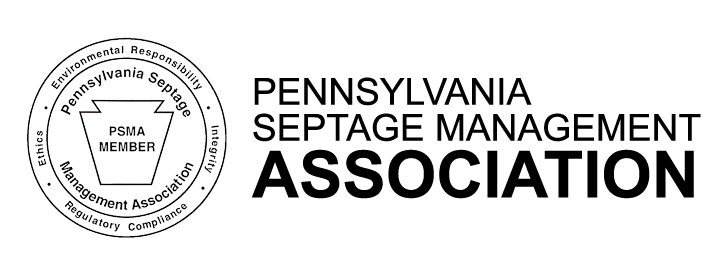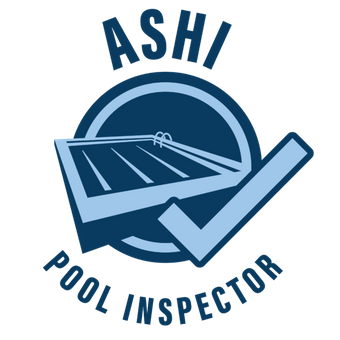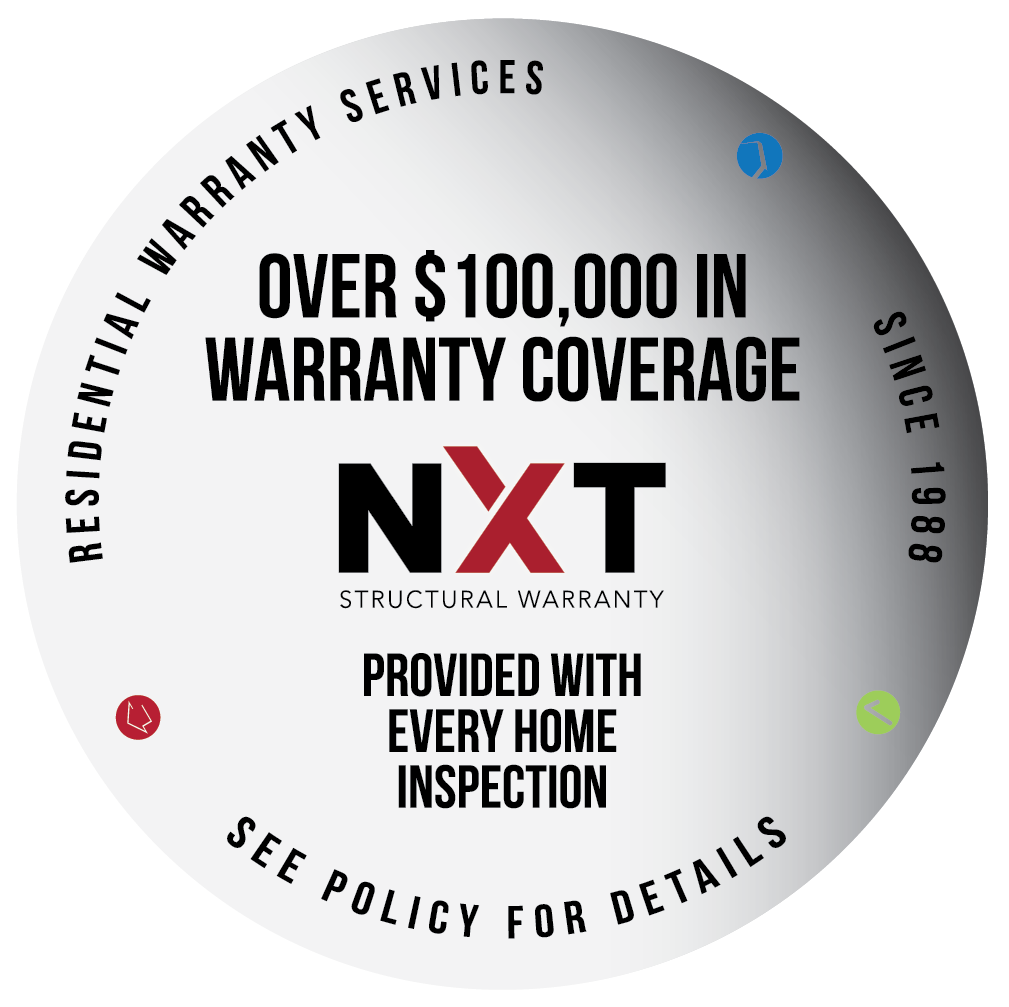Underground Oil Tank Inspection
Many older homes in the area have buried oil tanks! We do not provide this service in-house due to low demand and equipment cost; however, we recommend having it tested by ATS Environmental. Advanced Tank Services (ATS Environmental) provides a thorough evaluation and the cover a large part of our service area. You can learn more about ATS tank testing services at https://www.atsenvironmental.com/residential/tanks/
Clean up of contaminated soil can be very costly depending on how long leakage has been occurring. Protect yourself by having it tested.
The technician will perform a series of tests to evaluate the buried tank. A digital probe will be lowered into the tank through the fill pipe. Based on the probe readings, a digital map and acoustical profile of the tank’s integrity is generated. This test will be able to determine if a leak exists above or below the oil level. A corrosion test is also performed, and soil probes are taken and processed if a leak is suspected. If oil leakage is detected, the tank will need to be taken out of service and properly abandoned. Removal of contaminated soil will be necessary if its presence is detected.
Will tank testing damage the tank?
No, this state of the art testing technology will not harm the underground tank. Years ago, many companies used air pressure testing as a means to evaluate underground tank systems. This type of testing could potentially damage the tank and associated piping. Today, strict pressure testing is not an approved test method in most states.
Will a water in oil test detect if the tank is leaking?
Underground tanks may leak without ever taking on water. It is possible that a tank located in a dry area may have holes and water may never enter the tank because the water table is far deeper than the buried tank. Also, finding water in a tank may not indicate a tank failure. Often, water can enter the tank through small leaks in the vent pipe or fill pipe. Vent or fill pipe problems are easily repaired.








